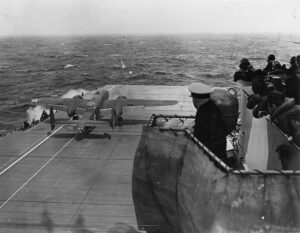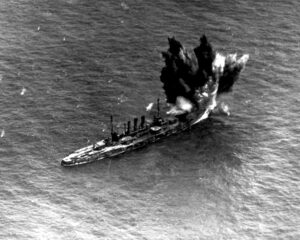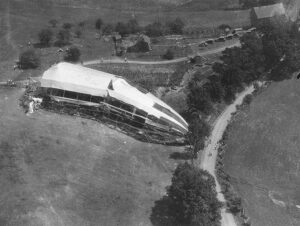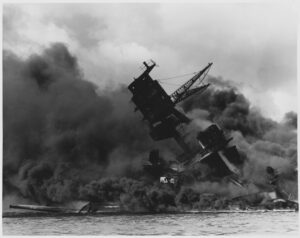Brigadier General Mitchell
Through my pursuing of my private pilot license and overall interest in aviation, I have begun to study the many figures that have shaped how we view American aviation in the modern era. One of these many figures, Billy Mitchell, a brigadier general in the Army Air Service, was a pioneer in the development of US military aviation, with the famous B-25 “Mitchell” bomber being named in honor of the esteemed officer.

Upon recently hearing of the existence of Colonel Mitchell, I began to research his life, but more specifically his interesting military career. This led me to a film titled The Court-Martial of Billy Mitchell directed by Otto Preminger in 1955 and starring Gary Cooper. The film highlights Mitchell’s struggle with his piers in the highest ranks of our Armed Forces, attempting to emphasize the importance of aviation in warfare, specifically naval warfare.
Bombing of the Ostfriesland
This great importance of aviation in naval warfare is demonstrated in the bombing tests conducted on the SMS Ostfriesland, a German battleship previously considered unsinkable, where Mitchell and his fellow aviators sink the vessel through the use of 2,000 pound bombs dropped at 1,500 feet.

This, however, was a violation of orders, with his superiors previously ordering him to drop 1,000 pound bombs from an altitude of 5,000 feet, a futile endeavor that would end in his failure to sink the ship, the higher-ranking officers aware of this futility and plotting Mitchell’s failure to preserve the superiority of the Army and Navy.
Demotion and Court Martial
Mitchell’s defiance leads to his demotion to Colonel and banishment to a ground unit based out of Fort Sam Houston in San Antonio, Texas, a far cry from his previous stationing at Langley Air Force Base in Hampton, Virginia.
During his exile, a close companion of his, Lieutenant Commander Zachary Lansdowne, a pioneer of early American naval aviation, is killed in the crash of the USS Shenandoah, a large US Navy airship launched in August of 1919.

The striking of the USS Shenandoah is followed by another tragedy where six military aircraft crash while en-route to an airfield in Arizona due to poor maintenance. These disastrous occurrences greatly anger Mitchell, leading him to publicly criticize the Army and Navy of criminal negligence in regard to maintaining their respective air services.
This defiance is met with a court martial held in Washington DC, a true test of Mitchell’s strength in his struggle to preserve the existence of the United States Army Air Service and to promote its existence to the already skeptical public.
Prediction
During the trial, now-Colonel Mitchell makes a startling prediction: the Empire of Japan will use military aircraft to attack the American Pacific fleet at Pearl Harbor. This is met with ridicule by Major General Allen Gullion, the prosecutor cross-examining Mitchell at the time.
However, as we are aware today, this seemingly absurd prediction became true when on December 7, 1941, 2,403 US personnel were killed and 19 US Navy ships were destroyed or damaged as a result of a massive Japanese aerial bombardment of Pearl Harbor, 5 years and 9 months after Mitchell’s death as a result of coronary occlusion.

Despite Mitchell’s resilience, he is still found guilty and discharged but is seen as a hero by the public because of his willingness to stand up to authority, putting his military prestige on the line to inform the public of the critical condition of the rapidly deteriorating United States Army Air Service and the importance of aerial superiority in war.
